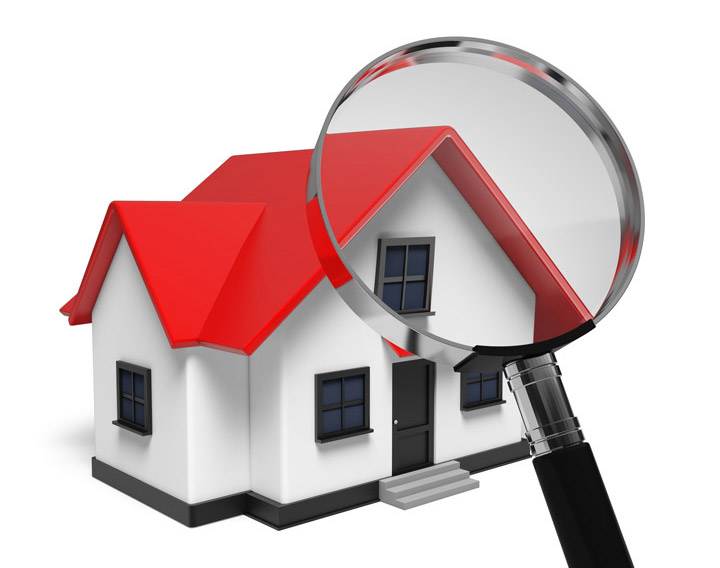
What Are the Components of an Appraisal?Their home's purchase is the most important financial decision some people may ever encounter. It doesn't matter if where you raise your family, a second vacation property or one of many rentals, purchasing real property is a complex transaction that requires multiple people working in concert to see it through. You're probably familiar with the parties taking part in the transaction. The real estate agent is the most familiar person in the transaction. Next, the bank provides the financial capital required to finance the transaction. And ensuring all aspects of the exchange are completed and that a clear title transfers from the seller to the purchaser is the title company. So, what party makes sure the property is worth the amount being paid? This is where you meet the appraiser. We provide an unbiased estimate of what a buyer could expect to pay — or a seller receive — for a parcel of real estate, where both buyer and seller are informed parties. A licensed, certified, professional appraiser from Houghton Appraisals will ensure, you as an interested party, are informed. The inspection is where an appraisal beginsTo ascertain the true status of the property, it's our responsibility to first complete a thorough inspection. We must see aspects of the property first hand, such as the number of bedrooms and bathrooms, the location, and so on, to ensure they indeed are present and are in the shape a typical buyer would expect them to be. The inspection often includes a sketch of the property, ensuring the square footage is proper and conveying the layout of the property. Most importantly, the appraiser looks for any obvious amenities - or defects - that would affect the value of the house. Once the site has been inspected, an appraiser uses two or three approaches to determining the value of the property: a sales comparison, a replacement cost calculation, and an income approach when rental properties are prevalent. 
Cost ApproachThis is where the appraiser gathers information on local building costs, labor rates and other factors to ascertain how much it would cost to replace the property being appraised. This estimate commonly sets the maximum on what a property would sell for. It's also the least used predictor of value. 
Analyzing Comparable SalesAppraisers are intimately familiar with the neighborhoods in which they appraise. They innately understand the value of specific features to the residents of that area. Then, the appraiser researches recent sales in the vicinity and finds properties which are 'comparable' to the subject in question. By assigning a dollar value to certain items such as upgraded appliances, extra bathrooms, additional living area, quality of construction, lot size, we add or subtract from each comparable's sales price so that they more accurately portray the features of subject.
An opinion of what the subject might sell for can only be determined once all differences between the comps and the subject have been evaluated. At Houghton Appraisals, we are experts when it comes to knowing the value of real estate features in Pocatello and Bannock County neighborhoods. This approach to value is most often awarded the most importance when an appraisal is for a home sale. Valuation Using the Income ApproachA third method of valuing a house is sometimes applied when an area has a reasonable number of rental properties. In this scenario, the amount of income the property produces is factored in with income produced by comparable properties to give an indicator of the current value. Putting It All TogetherCombining information from all applicable approaches, the appraiser is then ready to document an estimated market value for the subject property. The estimate of value on the appraisal report is not necessarily what's being paid for the property even though it is likely the best indication of what a property is worth. Prices can always be driven up or down by extenuating circumstances like the motivation or urgency of a seller or 'bidding wars'. Regardless, the appraised value is often employed as a guideline for lenders who don't want to loan a buyer more money than they could get back in the event they had to sell the property again. The bottom line is, an appraiser from Houghton Appraisals will help you attain the most fair and balanced property value, so you can make wise real estate decisions. |